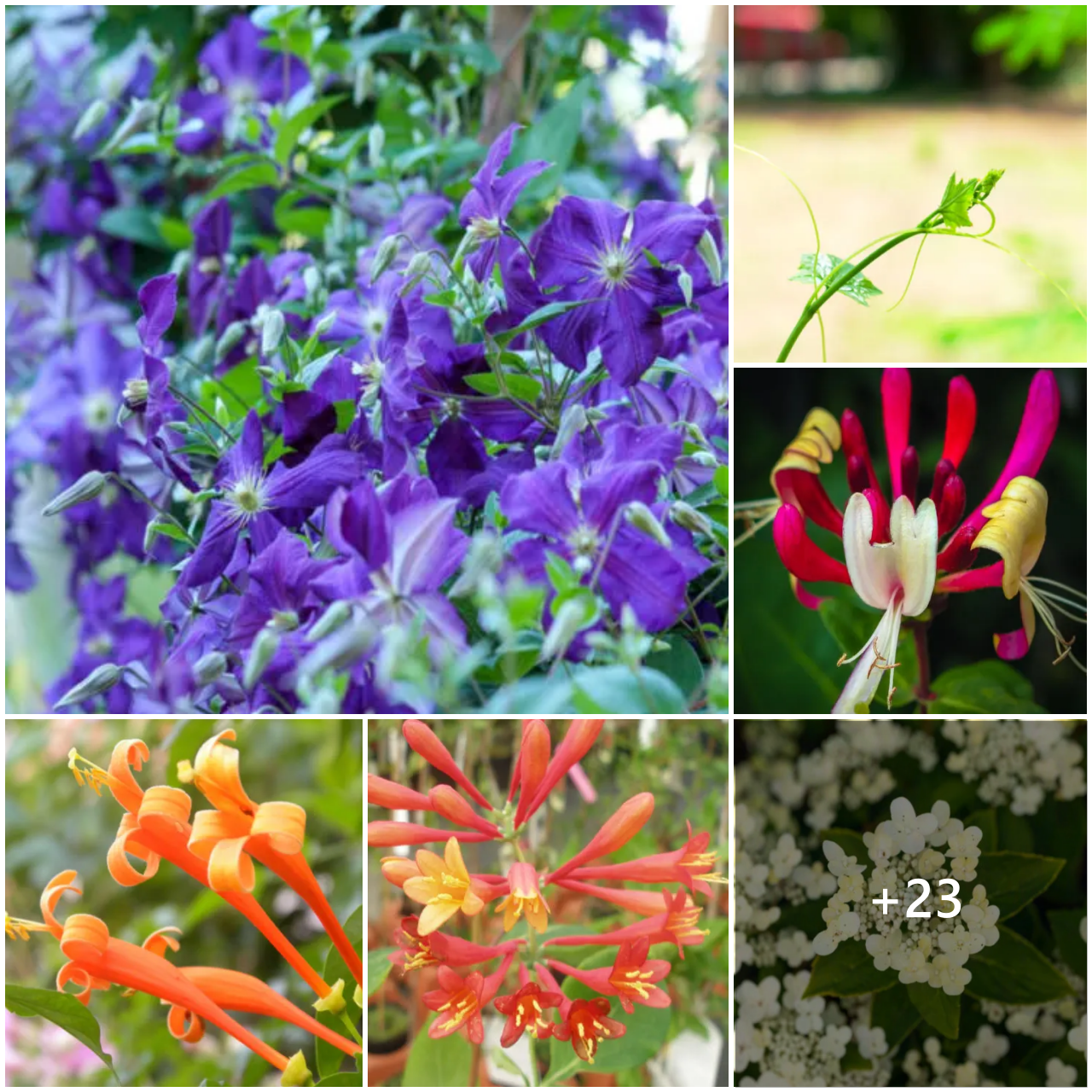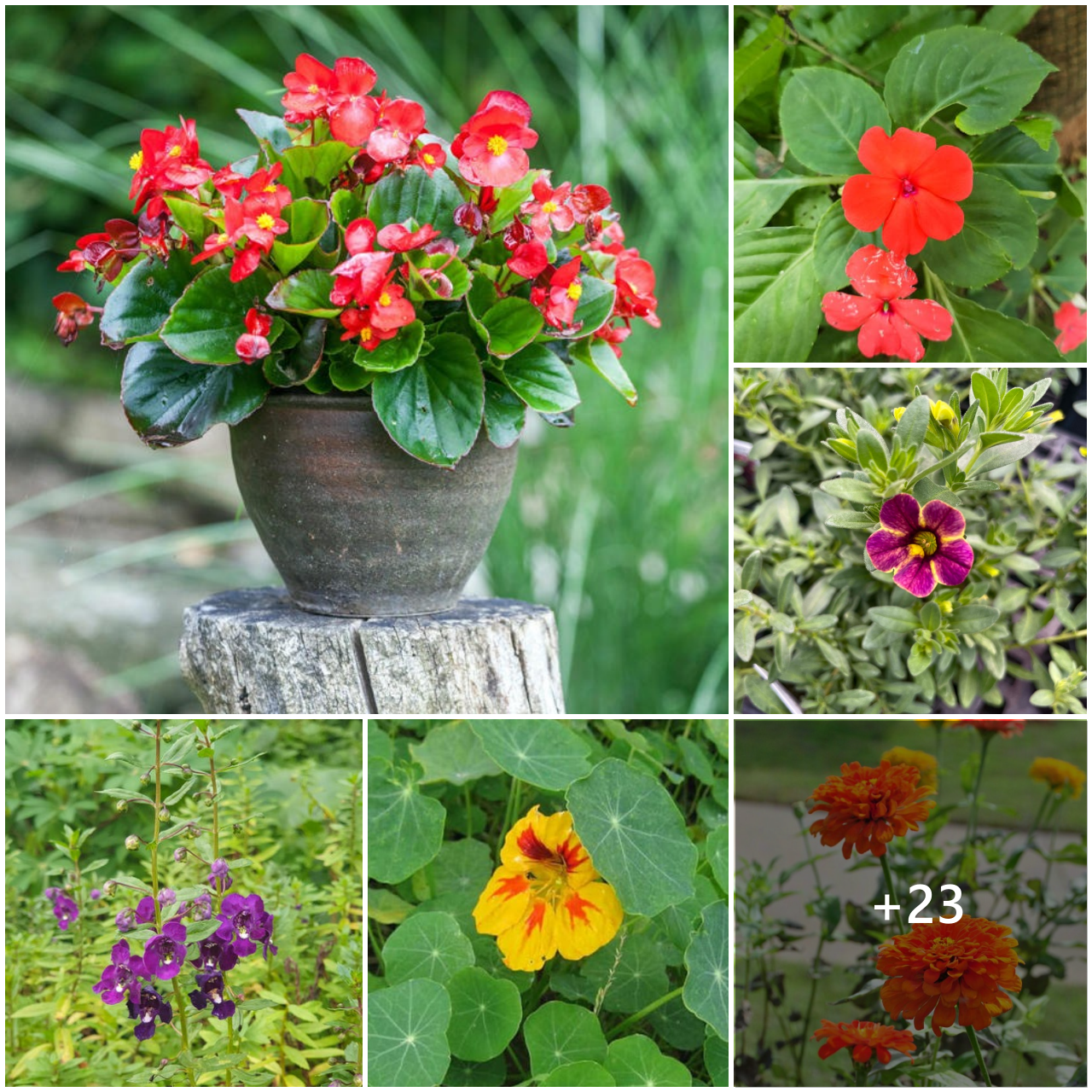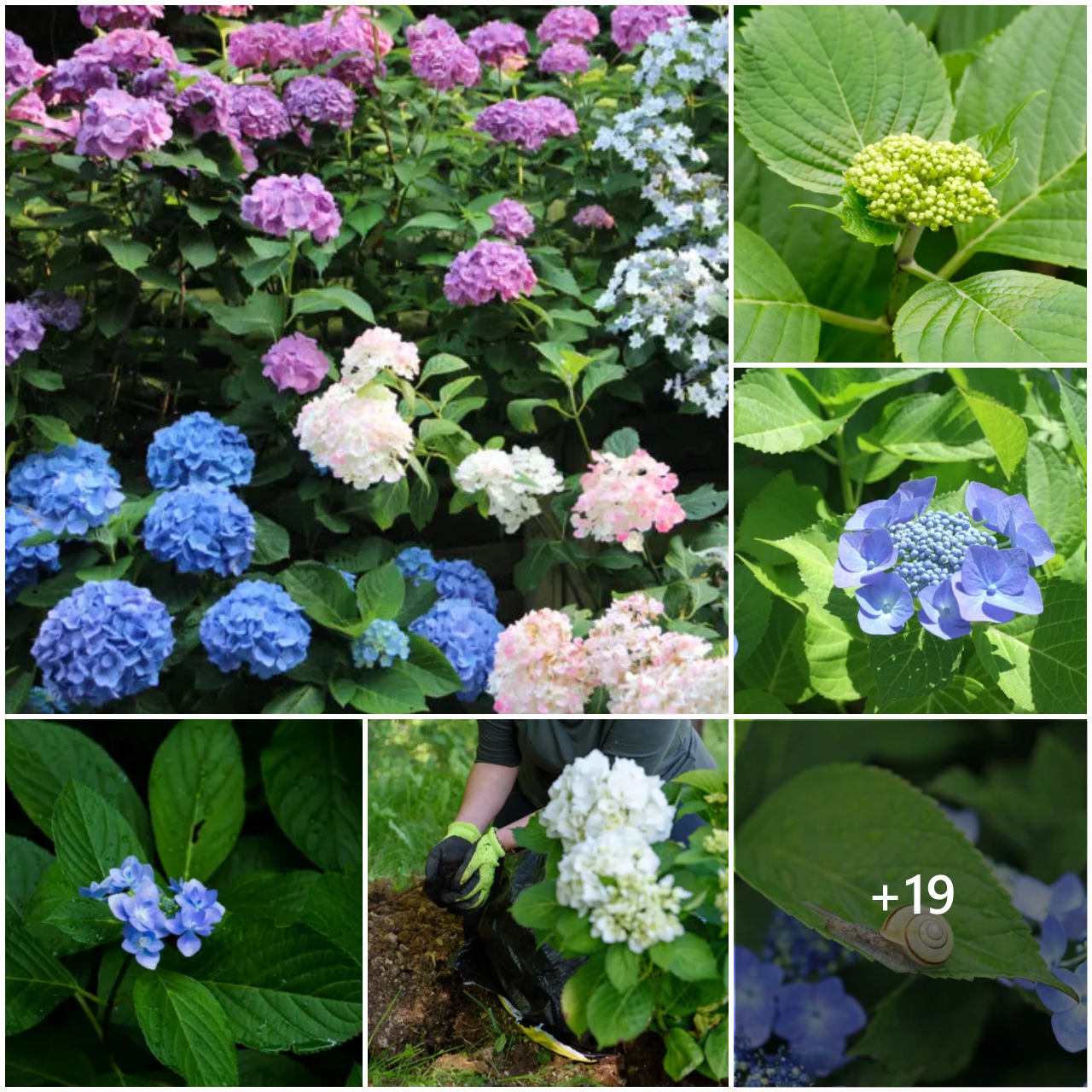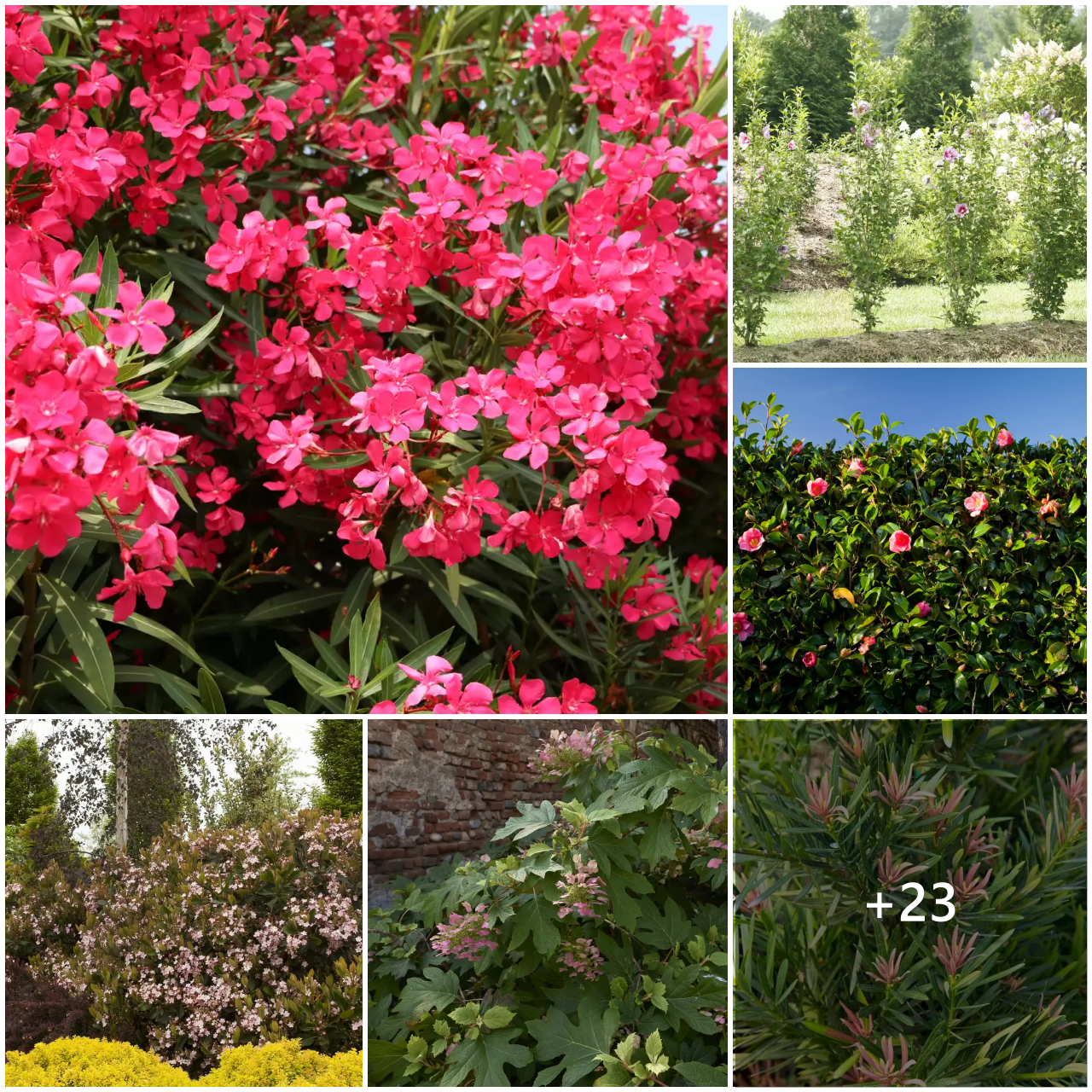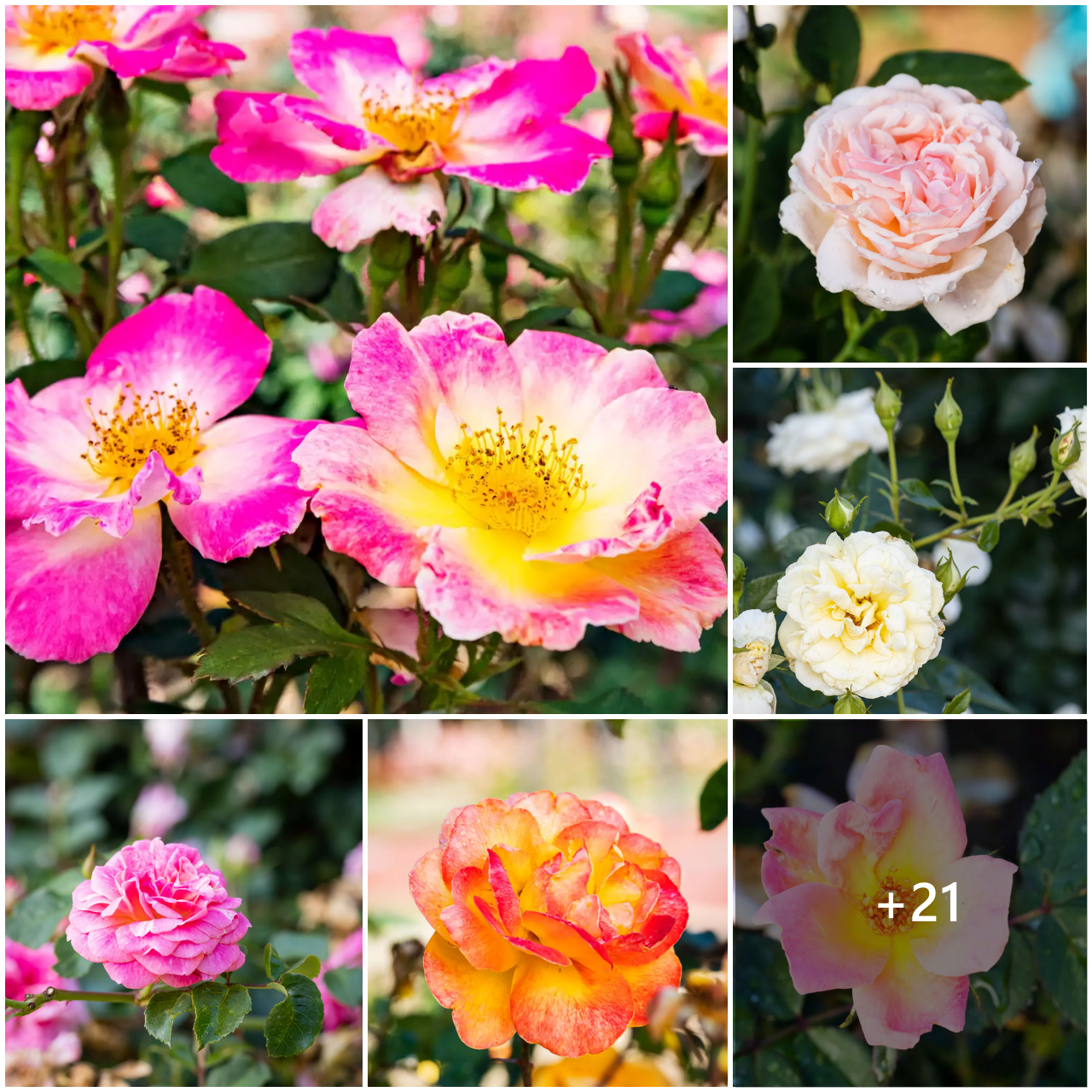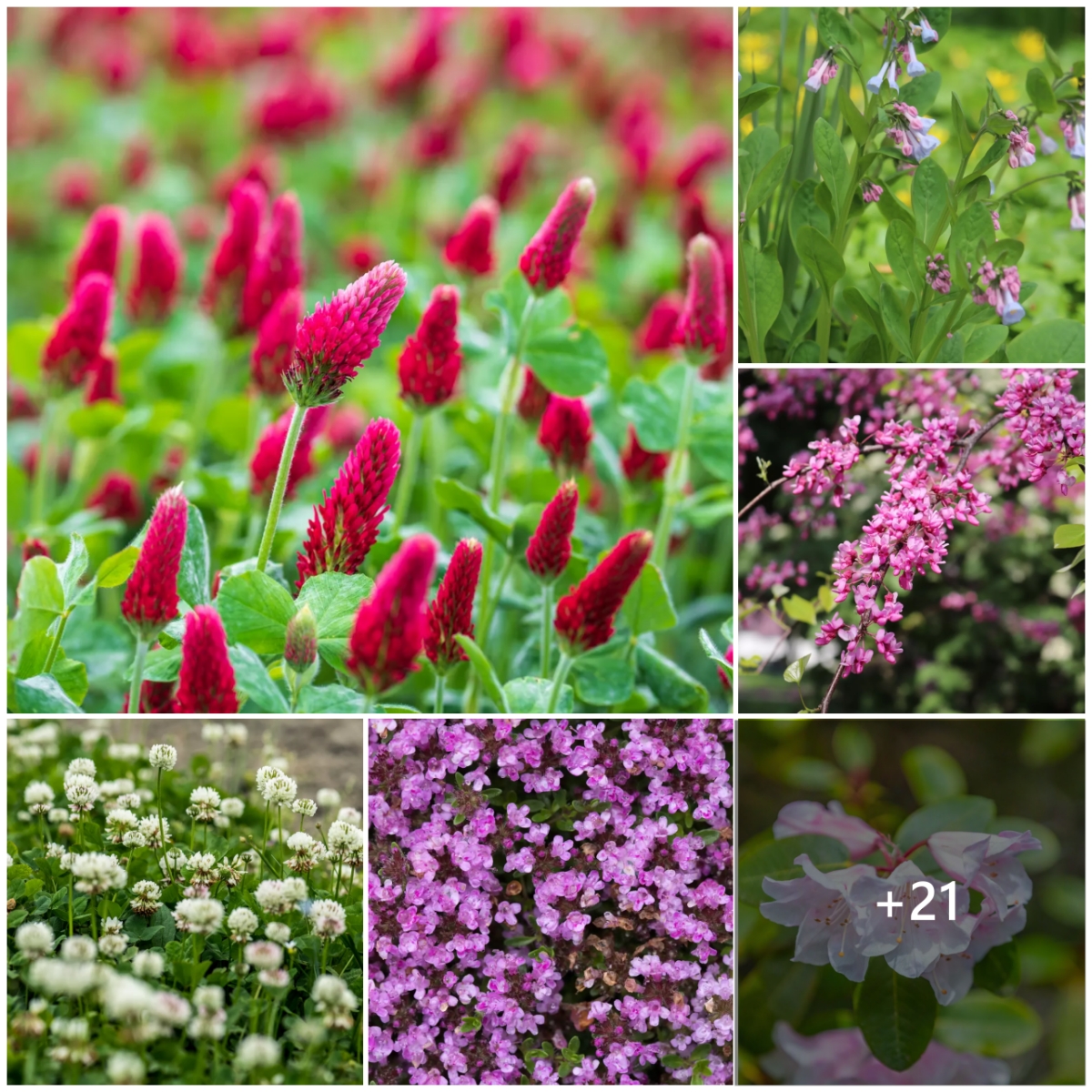Kadupul flower is a flower that belongs to the same family as the Quynh flower in Vietnam but is extremely rare, can only be found in the forests of Sri Lanka. This is considered one of the most beautiful and rare flowers in the world. This flower is especially revered by Buddhism for spiritual reasons. In Japan, Kadupul flower is also known as “beauty under the moonlight”.
Kadupul flower is named after the Hindu god – the god of creation. The Kadupul flower is white in color and has an elegant scent. It only blooms at night and quickly withers before dawn. This is considered a “priceless” flower because no gardener in the world can grow this flower, so it is not sold anywhere in the world.
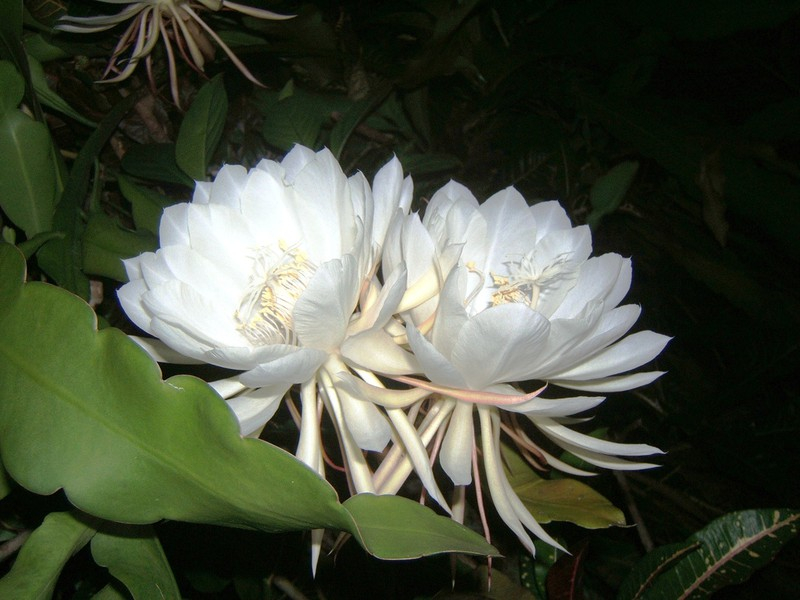 Kadupul flower
Kadupul flower  Kadupul flower
Kadupul flower
The Gold of Kinabalu orchid is also known by the familiar name Rothschild orchid, and because this rare flower is in danger of extinction, to own a branch of it, people must pay $6,000 or more. . This is a large slipper orchid, with dark green leaves up to 30 – 40 centimeters long, and about 30 – 50 centimeters high, with flowers blooming from the top and having 3 – 6 at a time. The flower ovary is 4 – 7 centimeters long, the two sepals are 10 – 18 centimeters long.
In 1988, Jean Jules Linden named it Paphiopedilum rothchildianum to commemorate Count Ferdinand James Von Rothschild, a famous orchid growing expert. However, this orchid species is almost extinct due to destruction by orchid smuggling. Currently, the Gold of Kinabalu orchid only lives in Kinabalu National Park in Sabah, Malaysia. This special flower blooms only once between April and May, and is considered the ‘Gold of Kinabalu’. Because of its rarity, each branch costs $6,000 or more (about 136 million VND).
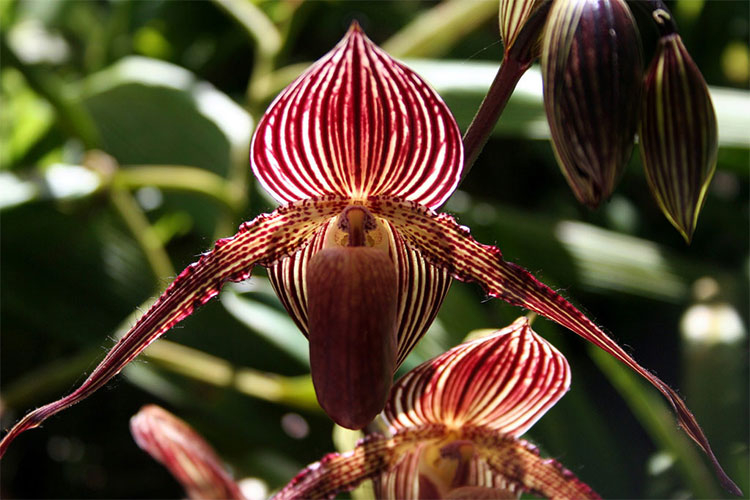 Orchid Gold of Kinabalu
Orchid Gold of Kinabalu 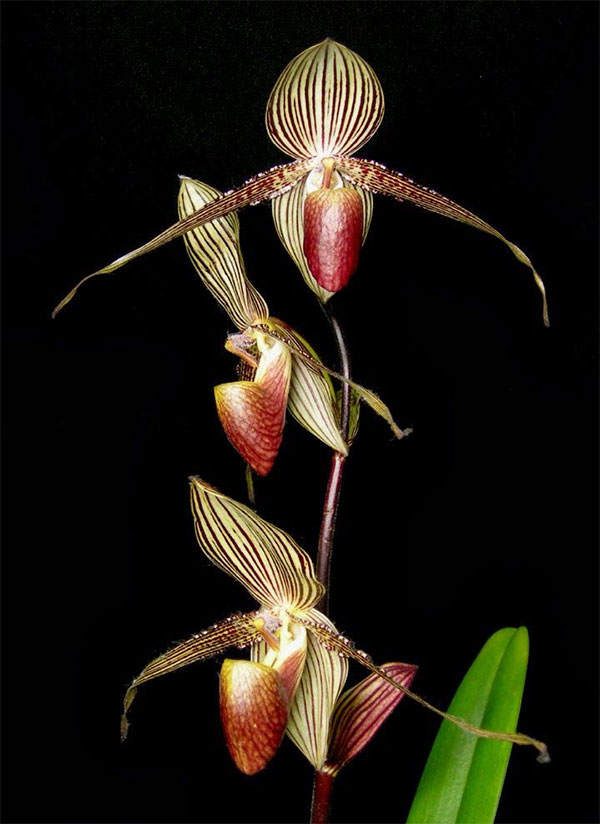 Orchid Gold of Kinabalu
Orchid Gold of Kinabalu
Also known as Shenzhen Nongke Orchid (Shenzhen Nongke Orchid) , now considered one of the most expensive flowers in the world. In 2005, an auction set the price for this flower at 202,000 USD (nearly 5 billion VND), creating a shock in the flower world.
Not a natural flower, but a human creation at the laboratory of Nongke company, Shenzhen (China). Therefore, it is called Shenzhen Nongke orchid. This product was achieved after 8 years of observation and care, during which time researchers created this beautiful orchid. Not only is it difficult to care for, but it also takes 4-5 years to wait for it to bloom. Only the most beautiful and attractive flowers make it to the market, which explains their high prices. This flower is also the pride of many Chinese people.
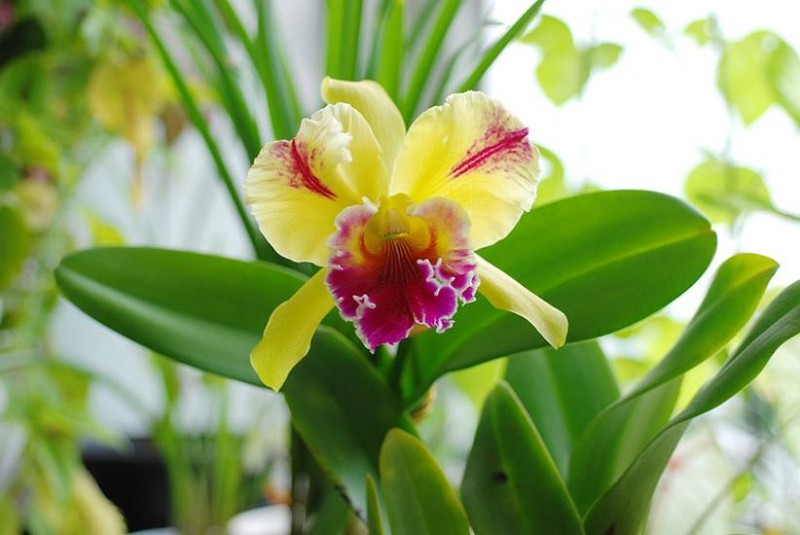 Nongke Shenzhen
Nongke Shenzhen 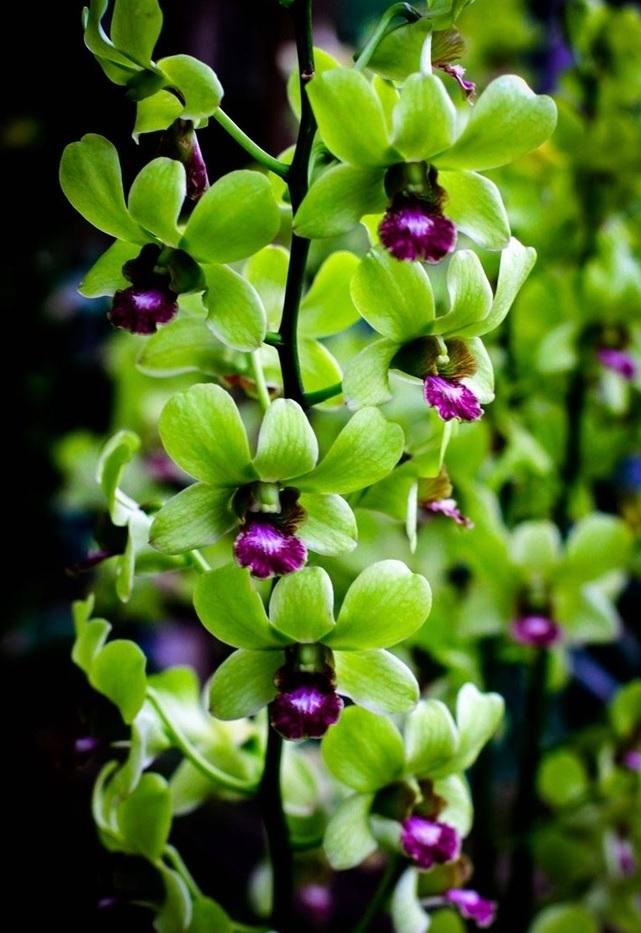 Nongke Shenzhen
Nongke Shenzhen
Saffron is a special plant variety, grown from tubers and cannot reproduce on its own. Transplanting and caring for each tuber requires meticulous human effort until harvest. Saffron is also a perennial plant, living up to 8 years, requiring dedicated care from experienced farmers and workers, otherwise the flowers will not bloom and cannot be harvested.
Saffron, or saffron pistil, has a price ranging from 250,000 VND to 550,000 VND/gram, requiring an amount of up to several hundred million to get 1kg of Saffron. Known as the ‘red gold’ of the Middle East, Saffron is rare and has very low yields, only harvested once a year, from October to November. Its unique aroma and delicate color Saffron – Saffron is the inspiration for many culinary and medicinal applications, with many health benefits, including improving mood, stimulating libido and antioxidant properties.
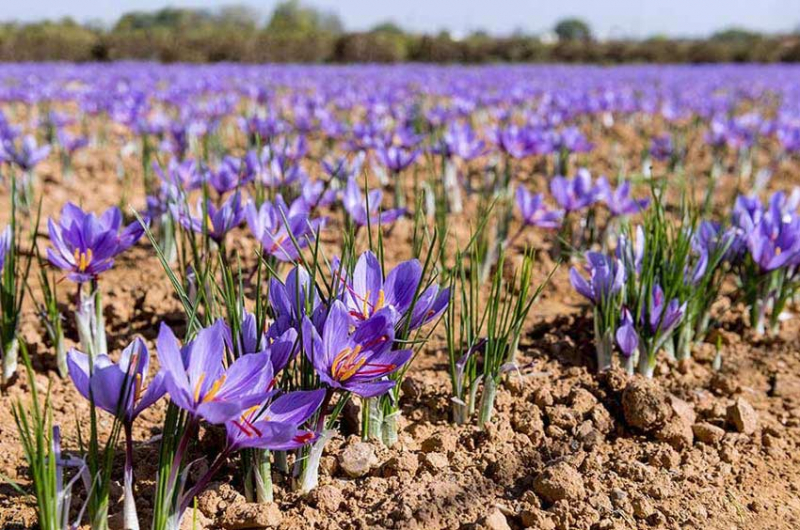 Saffron flowers
Saffron flowers 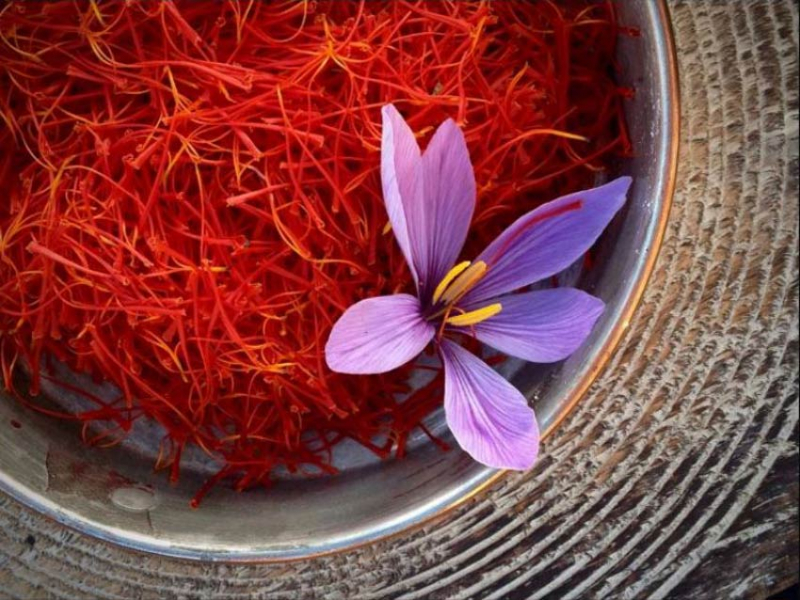 Saffron flowers
Saffron flowers
Juliet rose , considered the queen of roses, is not coincidentally called the “million dollar rose” (Juliet costs nearly 5 million USD). The father of the Juliet rose is famous rose breeder David Austin, who spent 3 million dollars and 15 years to create this wonderful rose variety.
Juliet with its characteristic orange color and gentle green tea scent has attracted the hearts of rose lovers. With its brilliant beauty, delicately arranged petals, combined with a gentle fragrance, this rose variety is the top choice for flower arrangements. Although it is an infrared rose variety, Juliet still adapts well to Vietnam’s climate and is always the best-selling infrared rose variety here.
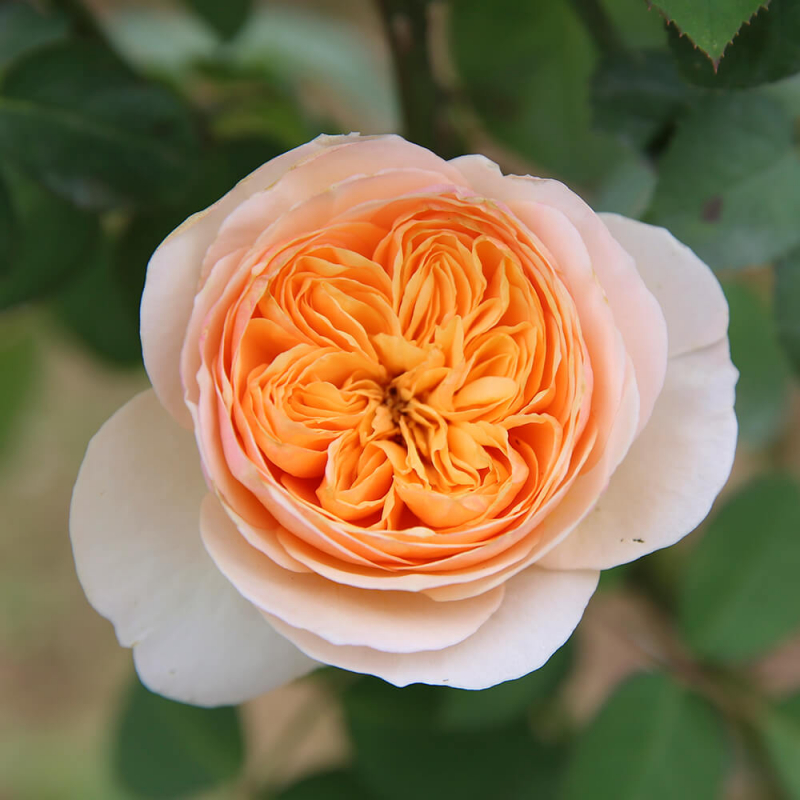 Juliet rose
Juliet rose 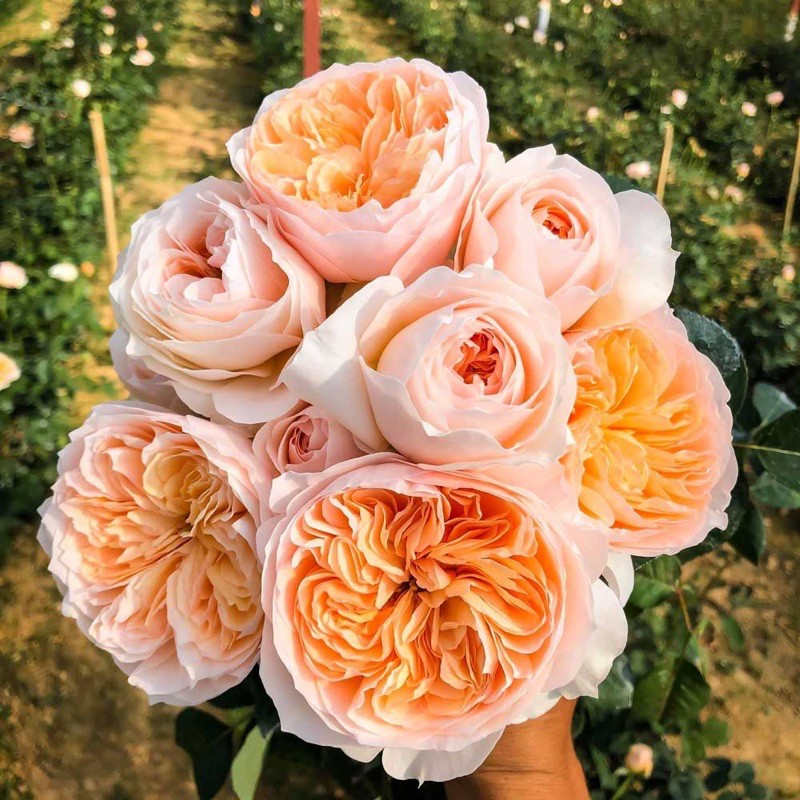 Juliet rose
Juliet rose
Lily of the valley , also known as the lily of the valley, known scientifically as Convallaria majalis, is the only species in the genus Convallaria of the family Ruscaceae, native to cool temperate areas in the Northern Hemisphere, mainly mainly in Asia, Europe and North America.
Lily of the valley often appears in the top 5 popular flowers used in weddings. The pure color and sweetness of the lily of the valley make it suitable for weddings. Even if you are someone who has little interest in flowers, lily of the valley still captivates you. These lovely and cute little white flowers represent the return of happiness. Each year, lily of the valley is only harvested once, and each time only lasts about a week, making its value up to 143 USD/bundle (~3.2 million VND).
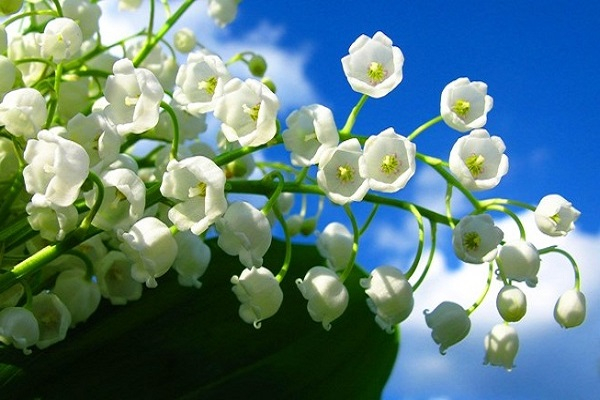 Linh Lan
Linh Lan  Linh Lan
Linh Lan
The Netherlands, a country known as the ‘Kingdom of Tulips’, is not only the homeland of the Tulip flower but also a famous tourist symbol. In the Netherlands, there are about 1,200 types of Tulip grown, of which about 40 are the most popular, accounting for half of the flower growing area. Among them, the Tulip originating from the 17th century (17th century Tulip Bulb) especially attracts attention and has an unbelievable price.
Tulips are native to Central Asia and were introduced to the Netherlands by Dutch botanist Carolus Clusius in 1593. In the decades that followed, the flower became trendy among the elite, valued equivalent to a house. During its heyday, the price of 17th century Tulips could be up to 5,700 USD/bunch, equivalent to nearly 130 million VND.
 Tulips of the 17th century
Tulips of the 17th century 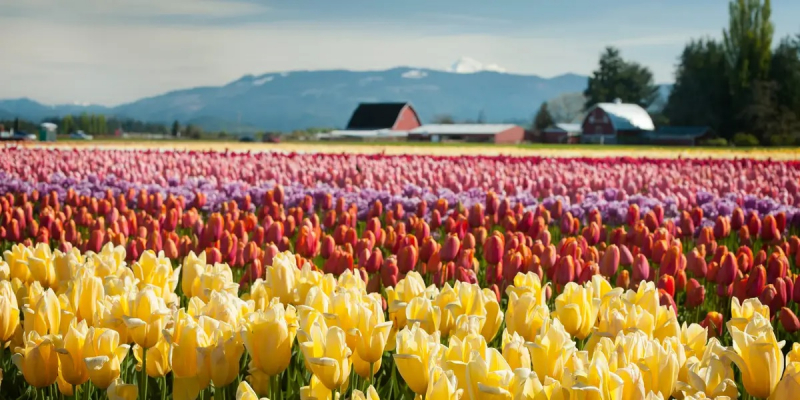 Tulips of the 17th century
Tulips of the 17th century
Hydrangea (English name: Hydrangea) is a beautiful and wild flower, carrying the meaning of gratitude and sincere emotions. Originally appearing in Japan, Korea and China, this flower is now popular in many countries in East Asia, South Asia, Southeast Asia and the Americas.
It is a woody, herbaceous plant that prefers shade and moist environments and is perennial. The leaves grow opposite and the flowers are initially white, then turn blue or pink. All parts of the plant contain toxins that can cause poisoning if eaten. This flower is classified as one of the most expensive flowers in the world, with a price of about 6.5 USD/flower (151,000 VND/flower).
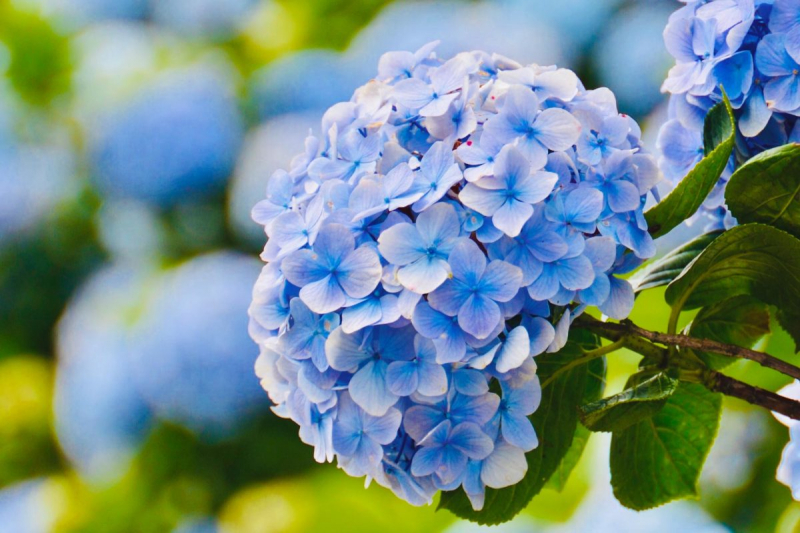 hydrangeas
hydrangeas 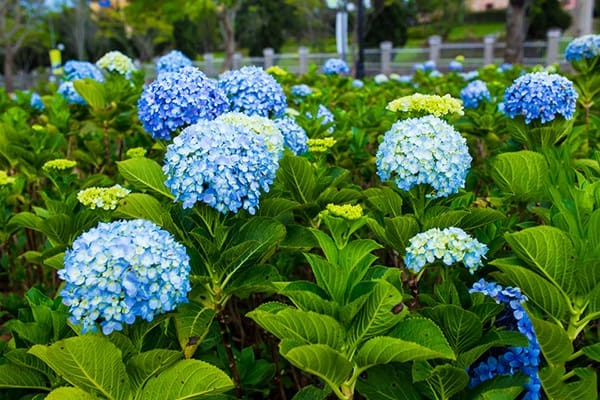 hydrangeas
hydrangeas
The ghost orchid is considered one of the rarest orchids in the world. Although it was thought to be extinct more than 20 years ago, it suddenly appeared in the forests of the Americas. This flower only grows in some areas with suitable living conditions. With the characteristic of liking the dark, ghost orchids only live in dark environments and bloom when conditions are favorable. Usually blooms around June – August, has an odd shape.
In particular, this plant has no leaves, both the stem and flowers are green, difficult to recognize. Unable to absorb nutrients on its own, ghost orchids rely on other plants to obtain the energy they need. Ghost orchids need a moist environment and high temperatures, and are only found in Cuba and Florida. In the past, hunting and finding this flower made it one of the most expensive plant varieties.
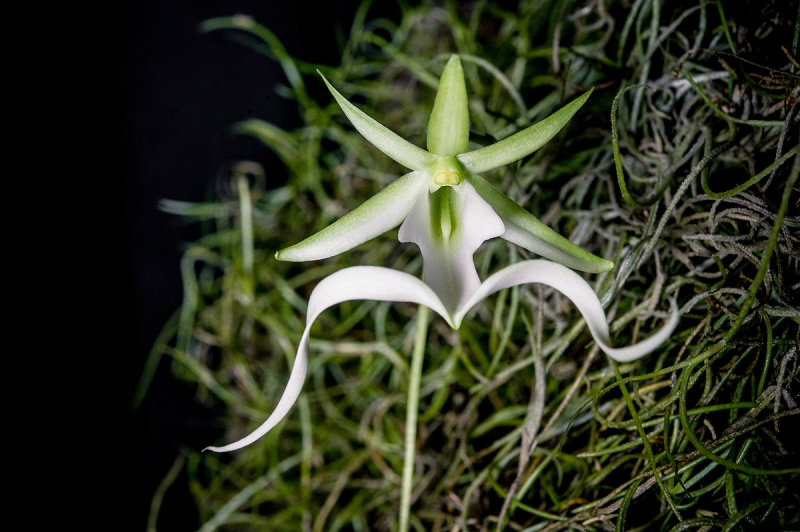 Ghost orchid
Ghost orchid 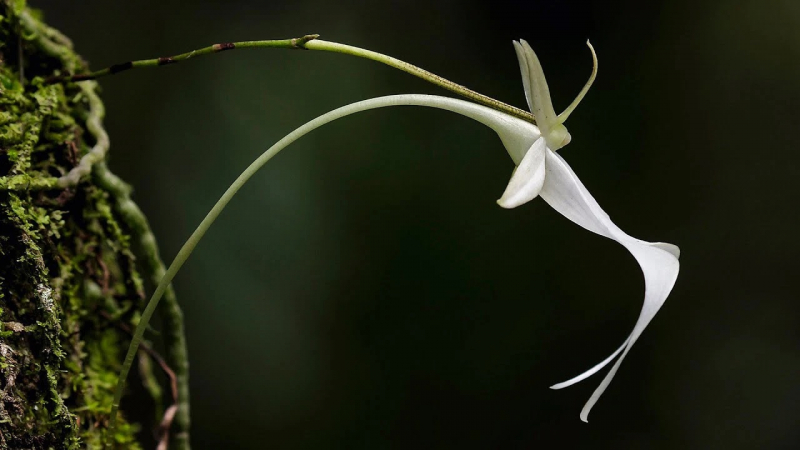 Ghost orchid
Ghost orchid
In the world of flowers, there is no species as charming and dangerous as Lily Gloriosa . This is a rare flower native to South Africa and Southeast Asia.
Lily Gloriosa, also known by the scientific name Superba Gloriosa, in Vietnam is often called “nng ngoi” or “ngac ngoc”, belonging to the poisonous garlic family – Melanthiaceae. Both the tubers and seeds of the plant contain the toxic substance Colchicine and a number of other alkaloids, so direct contact can cause numbness of the tongue, loss of sensation, even coma and can lead to death if not treated. promptly. Even though there are toxins in the entire plant, Gloriosa flowers are still sold at quite expensive prices, about 6-10 USD/stem.
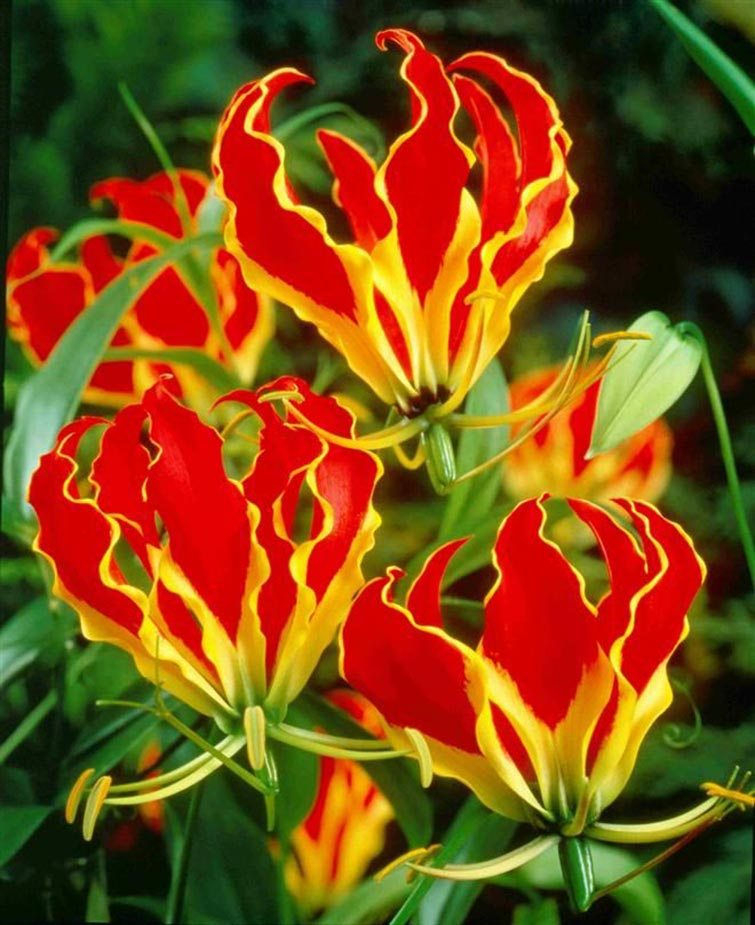 Gloriosa flower
Gloriosa flower 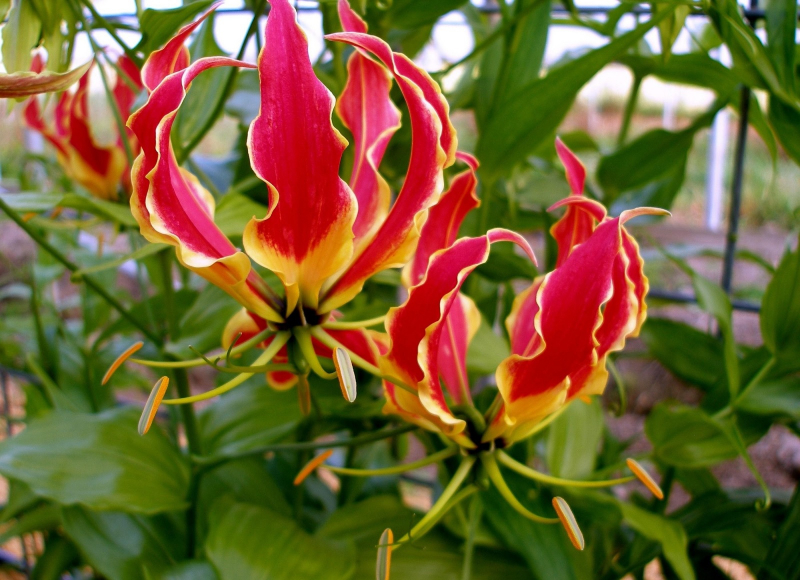 Kieu Sa Orchid Flower
Kieu Sa Orchid Flower
Content is developed by the Mytour team with the purpose of caring for and increasing customer experience. For any comments or suggestions, please contact the care hotline: 1900 2083 or email: [email protected]
